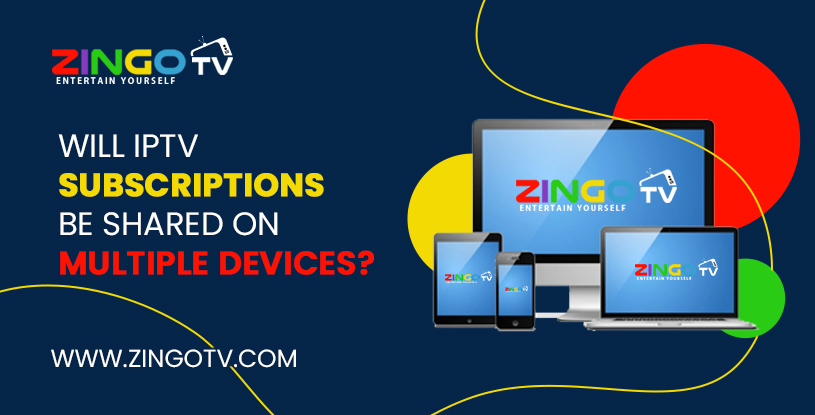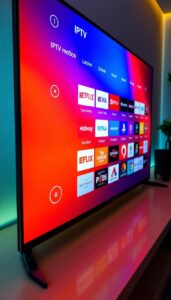Multiple Connections in IPTV
Introduction:
Internet Protocol television (IPTV) is a popular way of watching television programs through the internet. The technology has been around for several years and has gained popularity due to its flexibility, cost-effectiveness, and availability of a variety of channels from different countries. One way of enhancing your IPTV experience is by having multiple connections to your IPTV subscription. In this blog, we will discuss everything you need to know about multiple connections in IPTV, including what they are, how they work, and why they are important.
What are Multiple Connections in IPTV?
Multiple connections in IPTV refer to the ability to connect more than one device to your IPTV subscription. For example, if you have a subscription for IPTV, you can use it to watch television programs on your television, smartphone, tablet, or laptop. Multiple connections allow you to watch different channels on different devices at the same time.
Why are Multiple Connections Important in IPTV?
There are several reasons why multiple connections are important in IPTV:
- Flexibility: Multiple connections allow you to watch your favorite channels on different devices simultaneously, providing flexibility and convenience.
- Cost-Effective: With multiple connections, you can share your IPTV subscription with family members or friends, reducing the cost per person.
- Avoid Conflicts: With multiple connections, you can avoid conflicts when multiple users want to watch different channels at the same time.
- Access to Different Channels: Multiple connections allow you to access a wider range of channels from different countries and regions.
How Do Multiple Connections Work in IPTV?
Multiple connections in IPTV work by allowing you to connect more than one device to your IPTV subscription simultaneously. When you sign up for an IPTV subscription, you will receive a username and password that you can use to access the IPTV service. To connect to the IPTV service, you will need an IPTV player or app that is compatible with your device.
When you connect to the IPTV service using your username and password, the service provider will assign a unique IP address to each device connected to the service. This IP address is used to stream the channels to your device. The number of connections allowed depends on the IPTV subscription you have purchased. Some providers allow up to five connections, while others may allow more or fewer connections.
How to Use Multiple Connections in IPTV:
To use multiple connections in IPTV, follow these steps:
- Choose an IPTV Provider with Multiple Connections:
The first step in using multiple connections in IPTV is choosing an IPTV provider that allows for multiple connections. Many IPTV providers offer subscriptions that allow you to connect to multiple devices at the same time. When choosing an IPTV provider, make sure to check the number of connections allowed and the price.
- Check Your Internet Speed:
The quality of your IPTV experience depends on the speed of your internet connection. If you have multiple devices connected to your IPTV subscription, make sure that your internet connection is fast enough to support multiple streams simultaneously. Check your internet speed using an online speed test tool and upgrade your internet package if necessary.
- Use a VPN:
Using a VPN (Virtual Private Network) can help you to bypass geographical restrictions and access more channels from different countries. It also adds an extra layer of security and privacy to your internet connection. Make sure to choose a VPN that is compatible with your IPTV subscription and offers fast and reliable connections.
- Use a Dedicated IPTV Box:
Using a dedicated IPTV box can improve your IPTV experience by providing a stable and reliable connection. IPTV boxes are designed specifically for streaming IPTV content, and they come with features such as a remote control, HDMI output, and Wi-Fi connectivity. They also allow you to connect to multiple devices and enjoy your favorite





